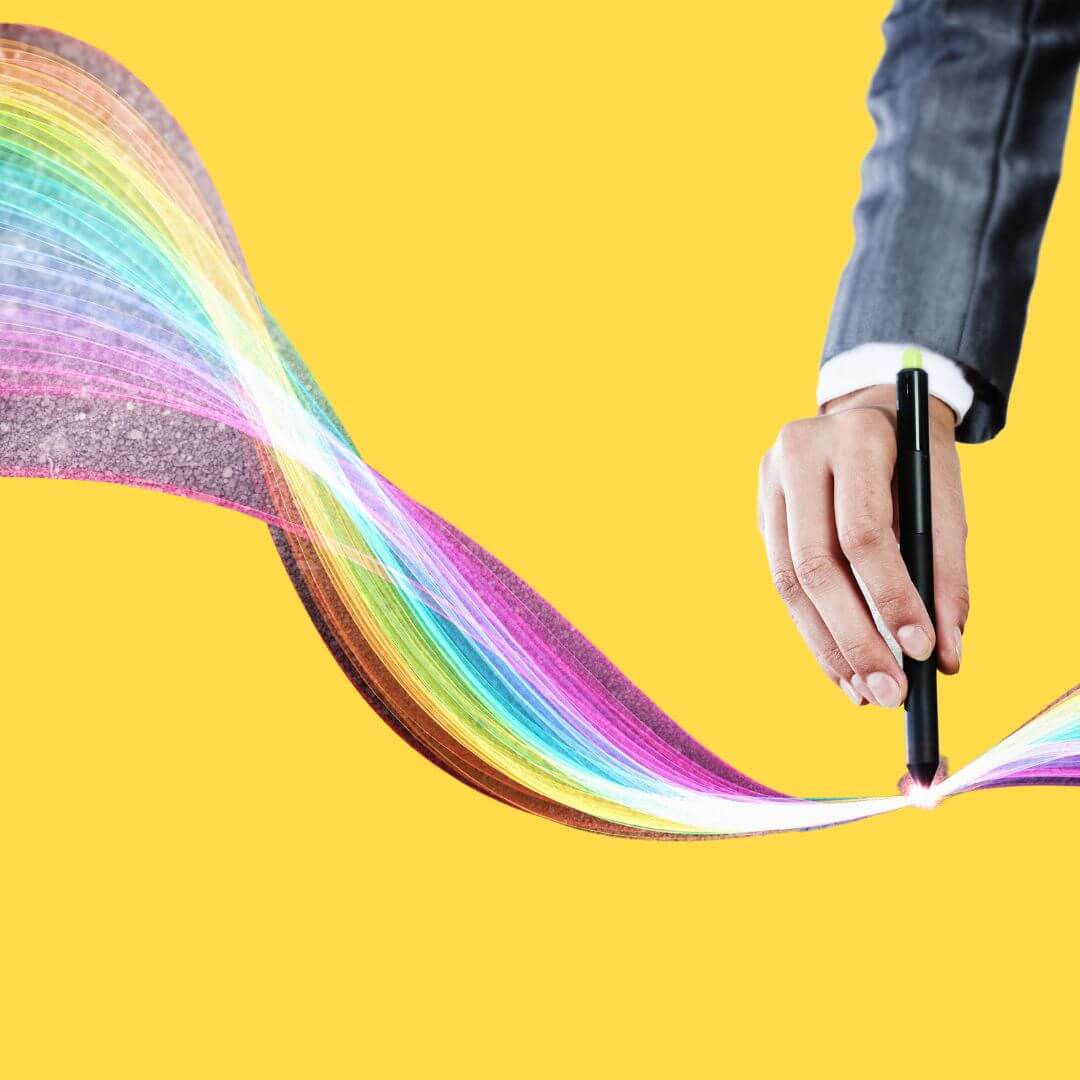Graphic design is an essential element in the creation of a visually compelling and user-friendly website. It involves the artful combination of visual elements such as images, typography, colours, and layout to effectively convey your brand's message and engage your audience. In this comprehensive guide, we'll explore the fundamental principles and practices of graphic design to help you enhance the visual allure of your website.
Section 1: Grasping the Fundamentals of Graphic Design
1.1 Understanding the Essence of Graphic Design
Graphic design is the art of harmonising visual components to communicate messages, evoke emotions, or impart information. It encompasses a wide array of aspects, including:
Typography: The thoughtful selection and arrangement of fonts for both readability and aesthetic appeal.
Colour Theory: The strategic application of colours to create visual coherence and evoke specific emotions.
Layout: The thoughtful organisation of elements on a page to ensure clarity and visual flow.
Imagery: The integration of images, illustrations, and icons to complement content.
1.2 Significance of Graphic Design in Web Design
Graphic design holds immense significance in web design for several reasons:
First Impressions: It establishes a favourable initial impression and captivates the attention of visitors.
User Experience Enhancement: It elevates the user experience by rendering content visually appealing and navigation effortless.
Brand Reinforcement: It solidifies your brand identity and leaves a lasting impression on website visitors.
Effective Communication: It adeptly conveys information and messages to your target audience.
Section 2: Embracing Design Principles
2.1 Striving for Balance
Balance involves the distribution of visual weight within a design. Achieving balance ensures that no individual element overwhelms others, resulting in a harmonious composition. Balance can manifest as either symmetrical (equally weighted on both sides) or asymmetrical (uneven distribution of weight).
2.2 Leveraging Contrast
Contrast entails the skillful utilisation of differences in colour, size, shape, or style to emphasise specific elements. It introduces visual intrigue and directs attention toward crucial content.
2.3 Prioritising Alignment
Alignment revolves around the meticulous arrangement of elements along a common axis. Proper alignment fosters a sense of organisation and enhances readability and comprehension.
2.4 Implementing Proximity
Proximity revolves around the strategic grouping of related elements in close proximity to one another. When elements are physically near, viewers perceive them as interconnected. Effective proximity enhances clarity and organisation.
Section 3: Mastering Typography
3.1 Discerning Font Choices
Carefully select fonts that align with your brand's character and your website's objectives. Utilise a blend of fonts for headings and body text, guaranteeing legibility and visual appeal.
3.2 Crafting Text Hierarchy
Establish a distinct hierarchy within your text content by employing varying font sizes, styles, and colours. This hierarchical approach guides readers' attention and accentuates crucial content.
Section 4: The Influence of Color
4.1 Delving into Colour Psychology
Comprehend the emotional resonance of colours. For example, blue can communicate trustworthiness and professionalism, while red can evoke passion and urgency. Opt for colours that align with your brand's messaging.
4.2 Creating Harmonious Colour Schemes
Develop colour schemes that foster visual unity. Rely on tools such as colour wheels and palettes to uncover complementary and analogous colour combinations.
Section 5: Harnessing the Power of Imagery
5.1 Picking the Right Images
Carefully choose images that resonate with your target audience and effectively convey your intended message. High-quality, original visuals leave a substantial impact.
5.2 Optimising Images
Ensure your images are optimised for web usage, assuring swift loading times. Employ image compression techniques that don't compromise quality, enhancing the overall user experience.
Section 6: User Interface (UI) and User Experience (UX) Design
6.1 UI Design
UI design concentrates on the visual elements and layout of your website, encompassing elements like buttons, menus, and navigation. The aim is to create an intuitive and visually pleasing interface.
6.2 UX Design
UX design centres on the holistic user experience, examining how users interact with your site to ensure it's user-friendly, accessible, and efficient.
Section 7: Tools and Software
7.1 Graphic Design Software
Become familiar with graphic design software such as Adobe Photoshop, Illustrator, and Canva, which facilitate the creation and editing of visuals for your website.
7.2 Collaboration Tools
Utilise collaborative platforms like Figma or InVision to streamline design processes and collaborate effectively with design teams.
Conclusion:
Graphic design serves as the artistry that breathes life into your website. By mastering the principles of design, typography, colour theory, imagery, and user interface/user experience design, you can craft a visually stunning and user-friendly website. Such a site not only captivates your audience but also effectively conveys your brand's message. To maintain a compelling and memorable online presence, continuously refine your design skills, stay abreast of design trends, and invest in high-quality visuals that elevate your website.

We helps you to expand your reach, build your brand, and achieve your goals. We create a Strong Online Presence for you and Reach Your Audience Wherever They Are!
Contact Us




